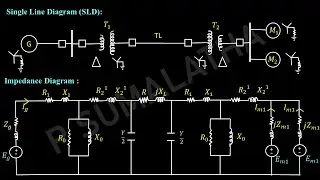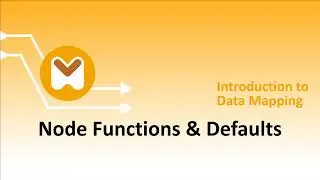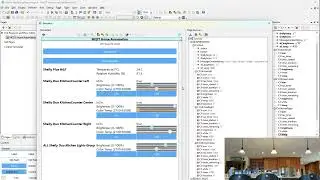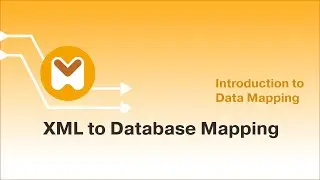Node Functions & Defaults for Data Mapping
In this 10th installment of the MapForce demo video series, we'll learn how to define node functions and default values in a data mapping project.
Support for node functions in MapForce means you can define data processing functions and/or default values and assign them to one or more nodes without repeating the same function multiple times - and without drawing mapping lines.
You can define a node function or default value using the MapForce Visual Function Builder for an input or output mapping component, and you can automatically propagate the function or default to some or all children of the node.
In this example, we standardize the processing of decimal nodes using a node function to round all decimals to a particular decimal place. We also standardize the processing of strings to add a dollar sign to price items and strip unnecessary whitespace. Finally, we'll define a default value to write to empty fields. Using node functions and defaults is much easier and more efficient than defining processing rules for each node individually.
This example mapping transforms XML to text, and we also demonstrate how to create and define an FLF text mapping component for a file that does not yet exist.
Learn more about node functions and defaults in MapForce: https://www.altova.com/mapforce#data_...
Download a fully functional free trial of MapForce: https://www.altova.com/mapforce/download



















